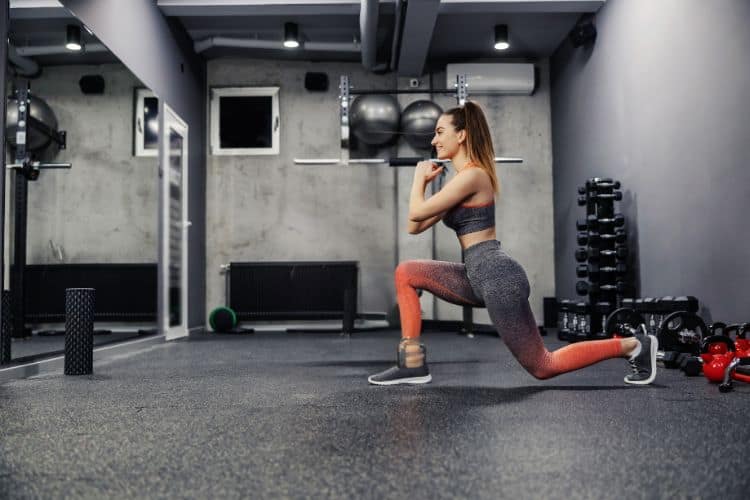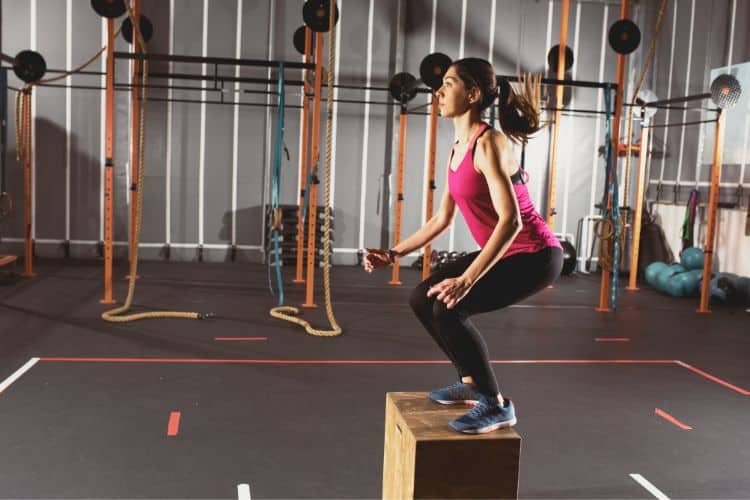Sign up for workout ideas, training advice, reviews of the latest gear and more.






Looking for a total-body workout that’s effective, portable, and joint-friendly? Resistance band training is the perfect solution. Whether you’re at home, in a hotel room, or outside in the park, resistance bands offer a powerful way to build strength, tone muscles, and burn fat—without needing heavy equipment or a gym membership. In this guide, you’ll find a complete 45-minute full body resistance band workout plan that targets every major muscle group.
Resistance bands are more than just beginner-friendly tools—they’re incredibly versatile for all fitness levels. Here’s why they’re a great choice:
Resistance bands are lightweight, compact, and easy to store in a gym bag or suitcase. You can work out anytime, anywhere.
Bands provide continuous tension throughout the movement, which increases time under tension—key for hypertrophy and muscle endurance.
Unlike heavy weights that can put stress on your joints, resistance bands offer a more controlled range of motion, reducing injury risk while still delivering results.
With varying levels of resistance, you can easily adjust your workout by switching bands or increasing reps and sets.
This 45-minute resistance band routine is designed to:
Format: 3 Circuits (Upper, Lower, Core/Full Body)
Sets: 3 rounds per circuit
Work:Rest: 40 seconds work / 20 seconds rest (or 45/15 for more intensity)
Always start with a dynamic warm-up to prep your muscles and joints.
Muscles worked: Lats, rhomboids, biceps
How to: Anchor the band at chest height, hold the handles, and row the bands toward your torso, squeezing shoulder blades.
Muscles worked: Shoulders, triceps
How to: Step on the band, hold handles at shoulder height, and press overhead until arms are extended.
Muscles worked: Chest, front deltoids, triceps
How to: Anchor the band behind you, step forward, and press arms out from chest.
Muscles worked: Biceps
How to: Stand on the band, grip handles, and curl the band up toward your shoulders.
Muscles worked: Triceps
How to: Hold the band under one foot, hinge forward, and extend the arms back to activate triceps.
Muscles worked: Quads, hamstrings, glutes
How to: Step on the band with feet shoulder-width apart, hold handles at shoulder height, and perform squats.
Muscles worked: Glutes, abductors
How to: Place a loop band above knees or ankles and take slow steps side-to-side.
Muscles worked: Hamstrings, glutes, lower back
How to: Step on a long band, hinge at the hips with a flat back, and return to standing.
Muscles worked: Glutes
How to: Wrap a loop band around both legs, get on all fours, and kick one leg back.
Muscles worked: Quads, hamstrings, glutes
How to: Step on the band with one foot, hold handles, and step the other leg back into a lunge.
Muscles worked: Obliques, core
How to: Sit with knees bent, hold a band with light resistance, and rotate side to side.
Muscles worked: Core, shoulders, back
How to: In a plank position, loop the band and perform alternating rows.
Muscles worked: Core, obliques
How to: Anchor the band low, pull it diagonally across your body from a low to high position.
Muscles worked: Full body, especially core and legs
How to: Add a resistance band around your thighs to increase glute and core activation during burpees.
Muscles worked: Abs
How to: Use a loop band around your feet and perform slow, controlled bicycle crunches.
Don’t skip the cool down—it aids recovery and improves flexibility.
Resistance band training provides a wide range of health and fitness benefits:
Using bands requires coordination, balance, and control—traits essential for real-life movement and injury prevention.
Because the resistance level changes with stretch, your muscles stay engaged throughout the full range of motion.
Many band movements encourage a fuller range of motion and help open up tight areas like hips and shoulders.
By targeting large muscle groups and combining cardio-style circuits, this 45-minute workout can help you torch calories and shed fat.
Perfect for people recovering from injuries or those with joint limitations, bands offer a safe way to train without unnecessary strain.
To get the most from your 45-minute resistance band workout:
Pick a band that challenges you but still allows good form. You can always switch bands between exercises.
Slow, controlled movements maximize muscle engagement and prevent injuries.
Exhale during the exertion phase (pull, press, or curl), and inhale on the return.
Aim to complete this workout 3–4 times per week for optimal strength and fitness gains.
On alternate days, incorporate walking, running, or HIIT for cardiovascular health and increased calorie burn.
| Day | Workout |
|---|---|
| Monday | 45-Min Full Body Resistance Band Workout |
| Tuesday | Light walk + Core training (bodyweight) |
| Wednesday | 45-Min Full Body Resistance Band Workout |
| Thursday | Active recovery or yoga |
| Friday | 45-Min Full Body Resistance Band Workout |
| Saturday | Cardio or interval walk/jog |
| Sunday | Rest or mobility-focused stretch session |
The 45-minute full body resistance band workout is a powerful, effective, and accessible training method suitable for any fitness level. It strengthens your entire body, improves mobility, and boosts endurance—all without a single dumbbell or machine. Whether you’re working out at home or squeezing in a session during travel, resistance bands can keep you on track with your goals.
By adding variety, staying consistent, and challenging yourself with progressive resistance, you can build real strength and see lasting results with this simple but powerful tool.
Want more workout and video guide?
Follow us on Pinterest, Facebook, and Subscribe to our Newsletter and Stay tuned for FREE downloads of our App coming soon!
Stay up to date on the latest women’s health, fitness and lifestyle trends and tips.